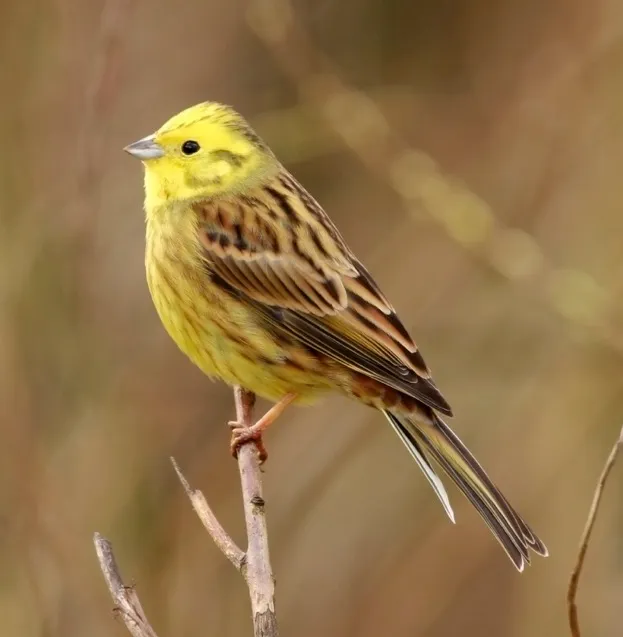1 Barn owl
The loss of tussocky grassland – habitat for its small-mammal prey – in our farmed landscape has hit populations. Even so, the BTO says that barn owl numbers doubled in 1995–2013. Nestboxes and the warming of the climate have been crucial, adds the Barn Owl Trust.

2 Small tortoiseshell butterfly
The butterfly is still quite common, though its occurrence in the UK has declined by 15 per cent in the past 40 years (and its abundance by 73 per cent). Loss of flower-rich areas has hit many species of butterfly, and there is growing evidence that neonicotinoid pesticides have too. (Small tortoiseshell © rebell/iStock)

3 Yellowhammer
One of the farmland species hit by the loss of the winter stubble, which provides seed for overwintering birds, caused by the change from spring to autumn sowing. Solutions involve providing seed in winter, and improving hedge habitat for nesting birds in spring and summer. (Yellowhammer © Andrew Howe/iStock)

4 Brown hare
Hares thrive in a ‘patchwork quilt’ landscape with a mix of arable crops and pasture for livestock that provides food throughout the year. But the majority of today’s farms are either arable or livestock, and pasture-only farms make it especially hard for the species. (Brown hare © Kaphoto/iStock)

